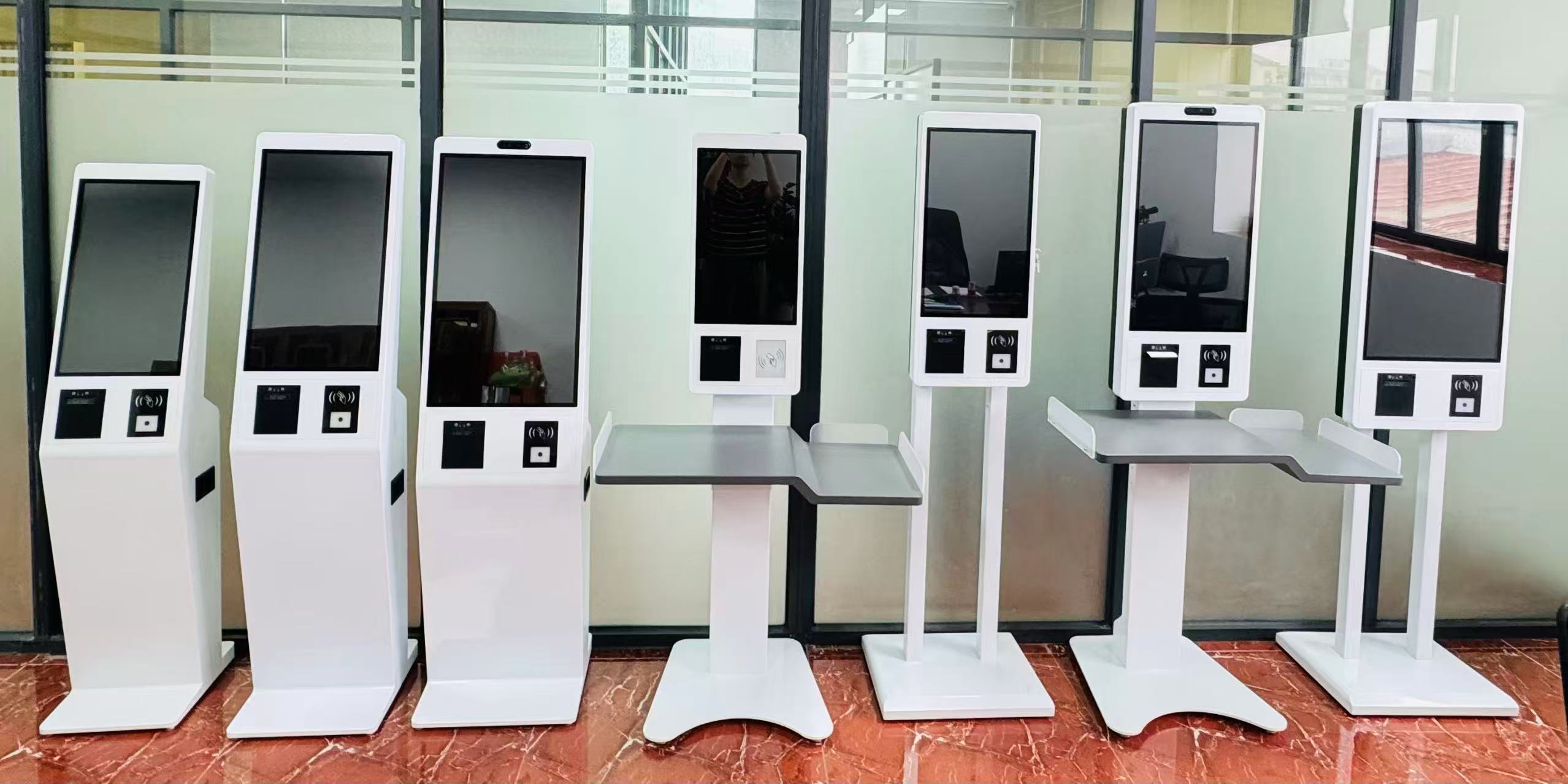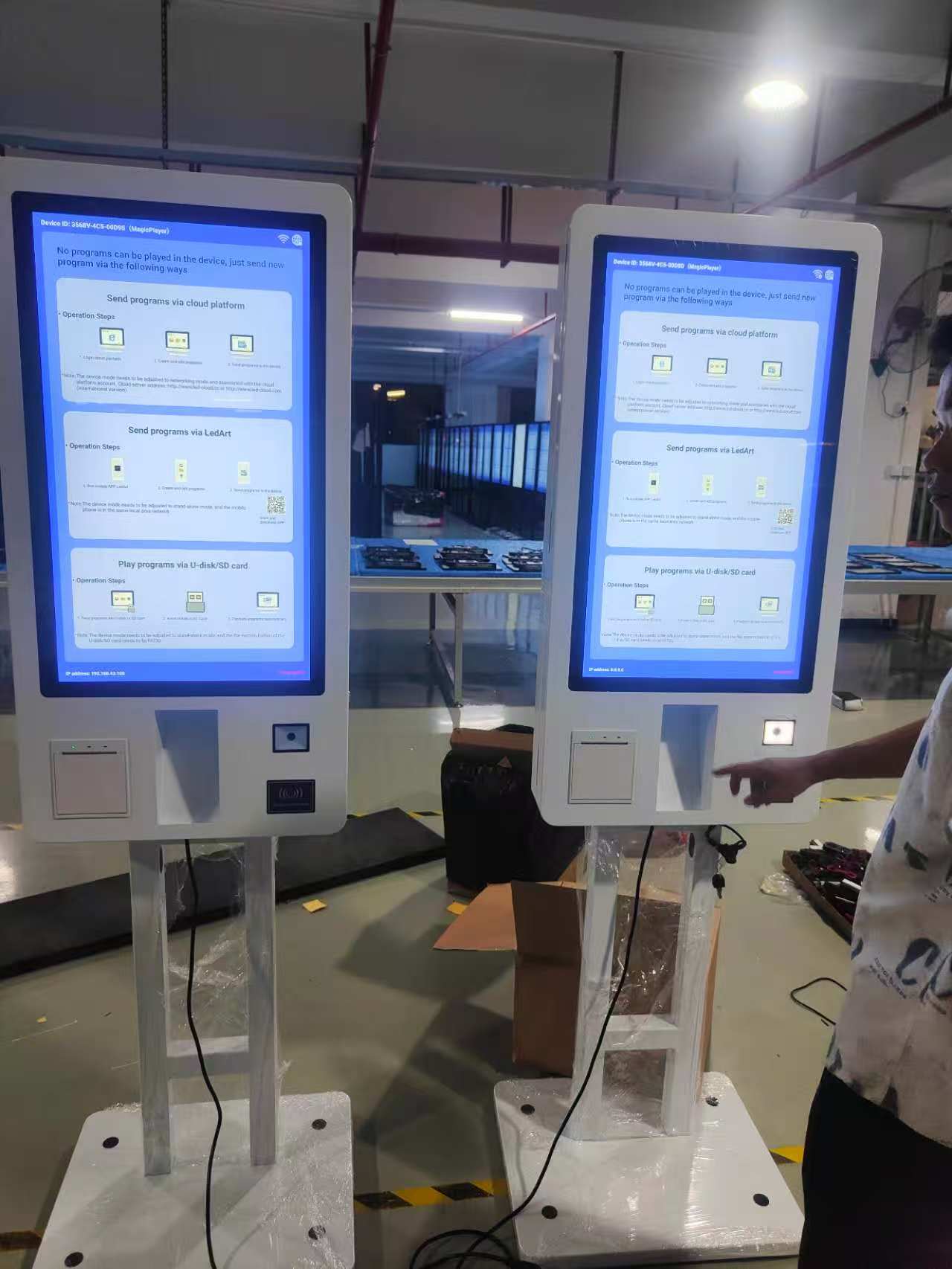The Development Prospects of Touch Screen Self-Service Kiosks 2
While supermarkets and fast-food restaurants were the early adopters of Self-Service Checkout Kiosks, the applications are rapidly expanding into other sectors. In airports, kiosks facilitate check-in, baggage drop, and ticketing. In healthcare, they are being used for patient registration, appointment check-in, and bill payment. In entertainment venues like cinemas and amusement parks, self-service checkout kiosks help streamline ticket purchases and food ordering.
Retail stores, from clothing outlets to electronics shops, are also integrating kiosks for faster transactions and enhanced customer service. Even public services, such as libraries and government offices, are deploying kiosks to allow citizens to complete routine tasks independently. This diversification across industries broadens the growth potential of the kiosk market and ensures long-term sustainability.
Challenges and Areas for Improvement
Despite the many advantages, touch screen self-service checkout kiosks still face challenges that must be addressed to fully unlock their potential.
One common issue is technical downtime. A malfunctioning kiosk can frustrate customers and disrupt business operations. Ensuring stable hardware performance, reliable software, and responsive technical support is essential for success.
Another challenge is accessibility. While younger customers adapt quickly to kiosks, older demographics or those unfamiliar with digital technology may find them difficult to use. Businesses must design user-friendly interfaces with clear instructions, large icons, and multilingual support to ensure inclusivity. Furthermore, cybersecurity is a growing concern. Since kiosks handle sensitive payment data, robust encryption, secure networks, and regular software updates are critical to maintaining customer trust.
Future Market Outlook
The global market for Self-Service Checkout Kiosks is expected to expand significantly over the next decade. According to industry forecasts, the market value will grow at a steady compound annual growth rate (CAGR), driven by widespread adoption in retail, hospitality, healthcare, and transportation. Asia-Pacific is emerging as one of the fastest-growing regions due to its large population, urbanization, and increasing demand for digital solutions. North America and Europe, meanwhile, remain mature markets with high penetration and continuous innovation.
As competition intensifies, kiosk manufacturers and software developers will need to focus on differentiation. Features such as cloud-based management, remote monitoring, predictive maintenance, and advanced analytics will become standard. Companies that can combine intuitive design with cutting-edge technologies will be better positioned to capture market share and shape the future of the industry.
Conclusion
Touch screen Self-Service Checkout Kiosks represent a transformative force in modern commerce. By aligning with consumer preferences for convenience and efficiency, offering cost-saving advantages for businesses, and embracing rapid technological innovation, these kiosks are set for remarkable growth. Their versatility across industries ensures that they will remain relevant and continue to evolve in new directions.
While challenges such as accessibility and security remain, ongoing improvements in design, software, and infrastructure will overcome these barriers. Looking ahead, the development prospects for touch screen Self-Service Checkout Kiosks are extremely promising, making them a vital part of the digital economy and the future of customer service.


